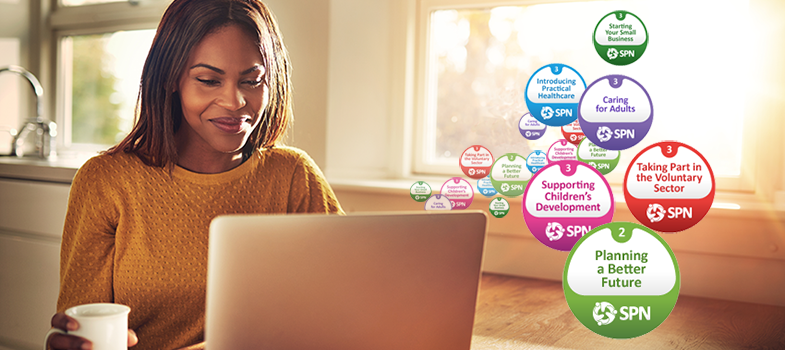What you have learned in this section
- Aspects of reading and literacy at three different stages of development. In the early years, you started by looking at how babies learn to interact with their parents or carers in early communication called ‘parentese’ and at an example of how one nursery assistant helped to develop the vocabulary of the children in her setting. Secondly, you went on to look at some of the issues in reading and literacy in primary school. Thirdly, you explored some of the challenges of reading and literacy that remain at secondary level.
- The ‘reading gap’ is linked to inequalities in society, and measures are being implemented to overcome it. The ‘gender gap’ is where there are differences between boys and girls in their approaches to reading and literacy. Miss Fuller’s account gave you an example of some innovative strategies used in one school to stimulate reading.
- In secondary school, the emphasis is less on reading and literacy per se and more on National Curriculum subjects. Some children still struggle with reading, and two examples from YouTube of American schools show that there are ways to integrate literacy and reading skills in subject-specific lessons.
- To think about how the topics in this section relate to your own practice: how making the links between your own experience, your studies and the setting in which you work helps you to become a reflective practitioner.
3.2 Literacy and reading in secondary school
